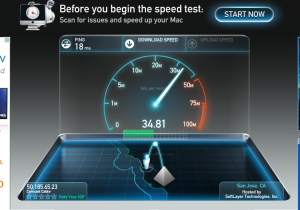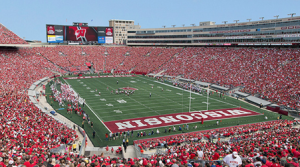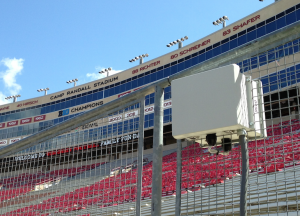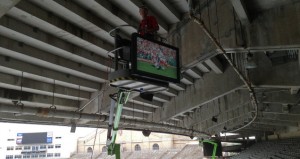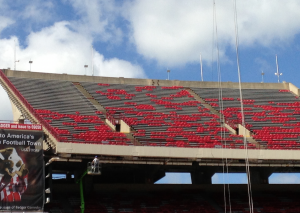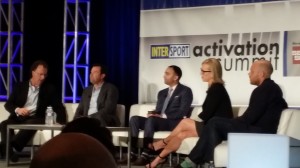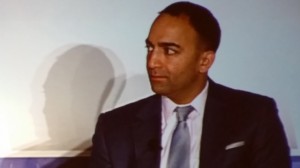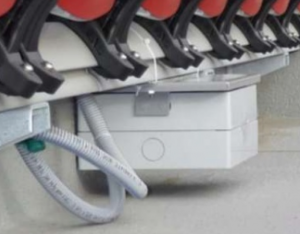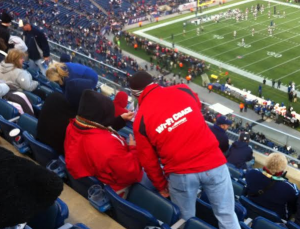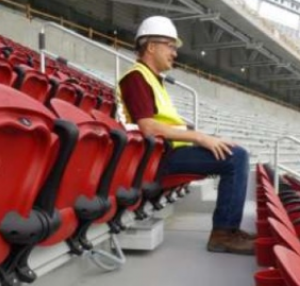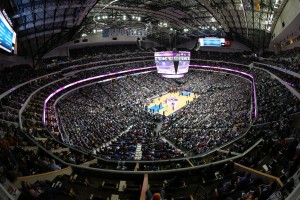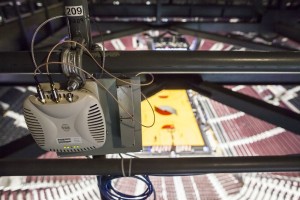Friends and fans of Mobile Sports Report who are planning to attend Sunday’s first football game at Levi’s Stadium — how about helping us out by taking a network speed test to see if the facility’s much-touted wireless network really delivers as planned?
Mobile Sports Report will be in the house Sunday, and we will do our best to walk around as much of the stadium as we can, testing network speeds and app performance along the way. But nothing beats more results, and if you’re not familiar with how to do a network speed test, it’s pretty easy. Just go to Speedtest.net, run by Ookla, and either click “begin test” or even better yet from a mobile device, download the Speedtest app and do the same thing.When the test is running you’ll get a little meter showing how fast the download and upload speeds are. I think the best method for sharing is to tweet the results — you can do so either by going to the “results” page on Speedtest.net or on the app, and share via Twitter from there, or maybe better yet just post a tweet with the results, along with the time of day and what part of the stadium you’re in. Also note whether you are using the stadium’s Wi-Fi network or just using a cellular connection. Both should work quite well, but it could be interesting to see if one works better than the other during a packed-house event.
If you don’t want to run a Speedtest, even tweeting about general network performance (good, slow, no connection) would be worthwhile, as would be any info about long or short concession lines, problems or smooth ways to get into the park, etc. If everyone uses the hashtag #Levinet I’ll round up as many as possible and put them in a blog post. (My Twitter handle is @PaulKaps if you want to follow my tests Sunday.)
We’ll try to organize group speed tests at as many games as we can get to this fall — again, the more results the better the idea we will have about how the new Levi’s Stadium is or isn’t performing.
UPDATE: Interesting tweet late Friday night from Dan Williams, the man whose job it is to make sure the network works…
@paulkaps if only SpeedTest actually meant something. Our goal is to make sure you are not disconnected from the world while at Levi's. 🙂
— Dan Williams (@danw49) August 16, 2014
Have to say I agree with Dan’s point that measuring pure speed via SpeedTest in a bit of a vacuum may not be an optimal grade. But I do like its ability to show whether things wireless are working or not… anyone with a better idea, we’re all ears… or browsers…
Bonus: KQED reporter Molly Samuel interviewed yours truly for a Marketplace radio segment on Levi’s, embedded below. Enjoy!
